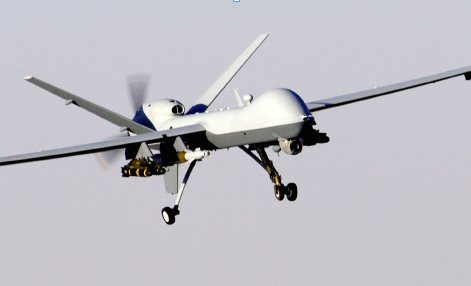Imagine a plane with no pilot flying you across the country, or a car with no driver getting you to your destination. These are realistic possibilities for the near future.
The idea of pilotless planes has become a particularly hot topic because of the recent crash of the Germanwings Flight 9525. The idea is to eliminate the human risk of having a pilot. Many of the systems involved in flight are already automated, making a shift in flight practices feasible.
In fact, some work in this area has already been done for military use. The Pentagon has already dedicated significant resources toward creating drones for various purposes. The difference between a drone and a truly pilotless airplane is that a drone is remote-controlled, meaning that a human still operates the drone. The pilot is still a factor; he or she is simply no longer located in the cockpit.
This summer, the Pentagon’s research organization will collaborate with several aerospace companies and universities to begin designing and testing a robotic co-pilot. The robot will have many tools and skills that will allow it to assist in flight and take over the controls from human hands during emergency situations.
While some researchers have made comments about the robot, comparing it to R2D2 from the iconic Star Wars films, others have expressed their concerns by alluding to Captain Kirk from another franchise, Star Trek, saying that people are always going to want the human factor in their travel plans. Trusting a robot to make human decisions makes people nervous.
The idea of a driverless car has been around for longer than the idea of a pilotless airplane. In the 1950s, General Motors designed a car that could run on a track embedded in the road. The model has been developed and improved over the years in an attempt to make it possible for these “smart” cars to be aware of unexpected traffic problems, pedestrians or police officers directing traffic.
Google is currently one of the main companies working to create the driverless car. By incorporating aspects of their Google Street View system into the workings of the prototypes, they hope to build cars that can be aware of the unspoken language of road safety and traffic regulations.. This language includes the pulling ahead of a nearby car to indicate that it will not be letting you into its lane, and the decision of who goes first at a four-way intersection. Eventually, a car company will have to be included in the research so that the end product can actually be produced and marketed.
It may come to pass in the not-so-distant future that human error is no longer incorporated in travel, perhaps making transportation safer for everyone.







